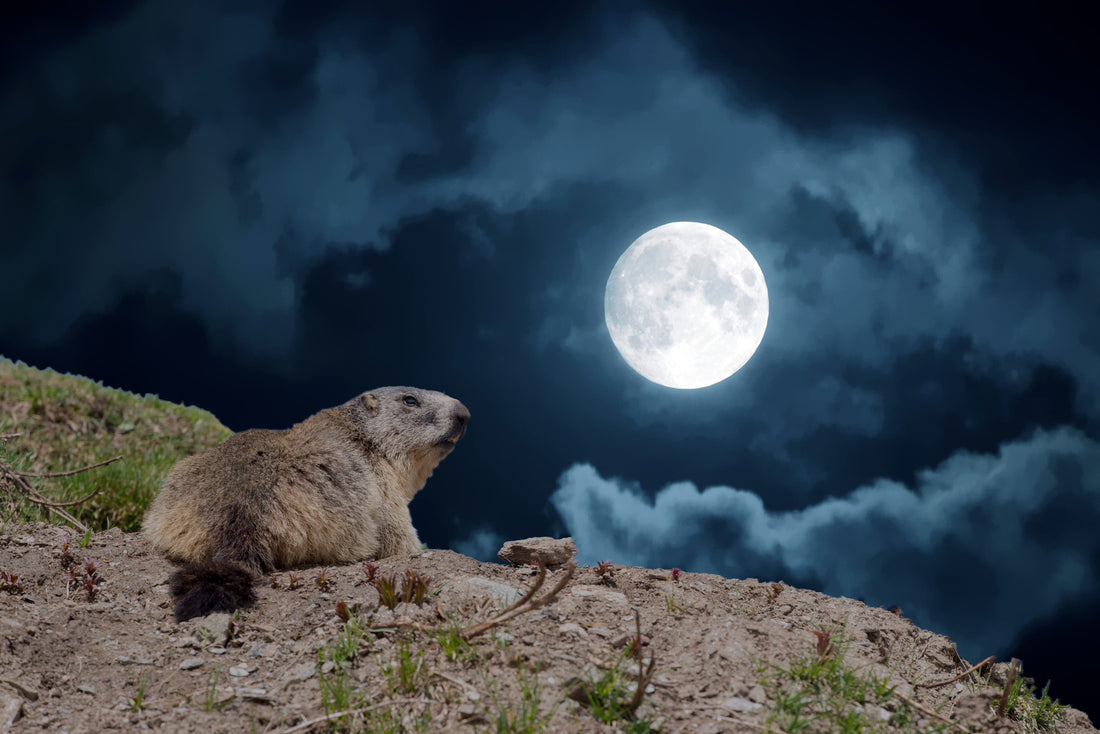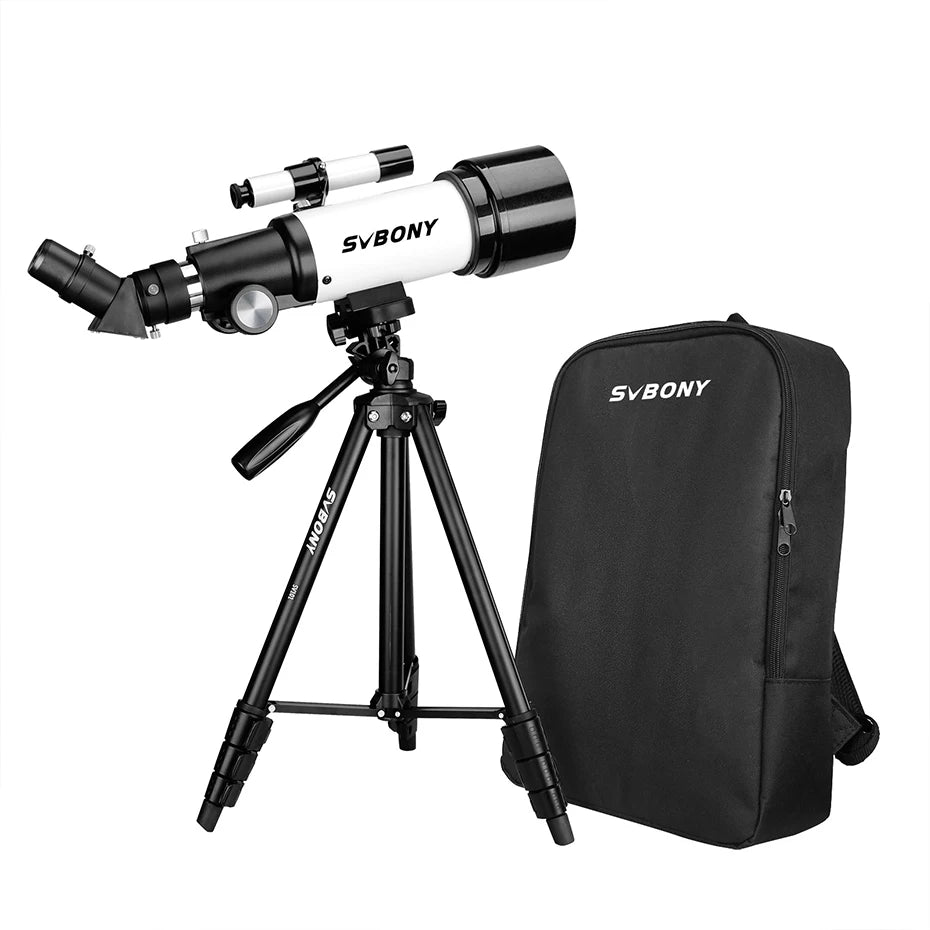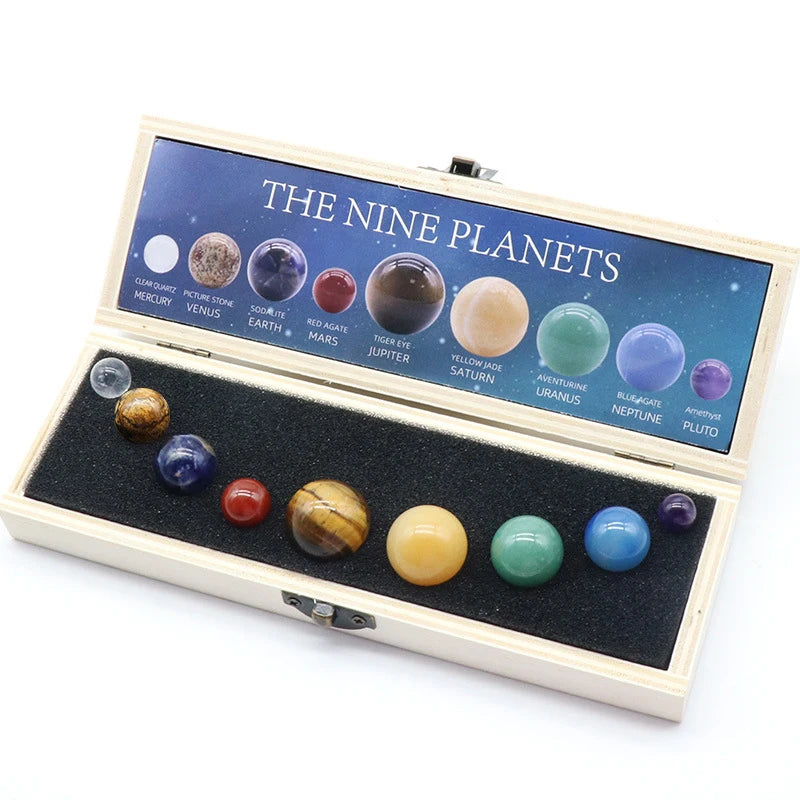
Beaver Moon: November 2024's Full Supermoon
Share
The full Beaver Supermoon of November illuminates the night sky on Friday, November 15, 2024. This marks the fourth and final Supermoon of the year! Read on for details about the Full Moon rise times, why it's called the Beaver Moon, and how to make the most of this celestial event.
When to See November’s Full Moon
The Beaver Moon will shine brightest on Friday, November 15, at 4:29 P.M. EST. To find out when the full Moon will rise above the horizon in your location.
As the last of four consecutive Supermoons this year, the Beaver Moon will appear larger and more luminous than usual.
The Origin of the "Beaver Moon"
The name "Beaver Moon" has its roots in traditional folklore from Native American, Colonial American, and European cultures. Historically, these names were used for the entire lunar month in which the full Moon occurred, encompassing all of the Moon's phases.
So, why the "Beaver" Moon? During this time of year, beavers take shelter in their lodges, having gathered enough food for the winter. In the days of the North American fur trade, this was also the season to trap beavers for their dense, winter-ready pelts.
Other November Moon Names
November’s Moon names often reflect the behaviors of animals as they prepare for winter. The Tlingit called it the Digging (or Scratching) Moon, symbolizing animals foraging for fallen nuts and green shoots, and bears digging their winter dens. The Dakota and Lakota referred to it as the Deer Rutting Moon, marking the deer mating season. The Algonquin name, Whitefish Moon, highlights the spawning period of this fish.
Regarding the seasonal shift in November, the Cree and Assiniboine peoples named it the Frost Moon, while the Anishinaabe called it the Freezing Moon, aptly signaling the onset of winter.
Astrological Significance: This Supermoon falls under the sign of Taurus, ruled by Venus, the planet associated with love and beauty. This alignment may add an extra layer of emotional depth and visual splendor to the experience.
Viewing Tips: For the best viewing experience, seek out an area with minimal light pollution. High altitudes and rural locations away from city lights offer the clearest views. While binoculars or telescopes enhance the sight, the Supermoon’s brightness ensures it’s impressive to the naked eye.
Interesting Fact: This Supermoon will appear about 14% larger and 30% brighter than a typical full moon due to its proximity to Earth, known as perigee. It’s a celestial event you don’t want to miss!





